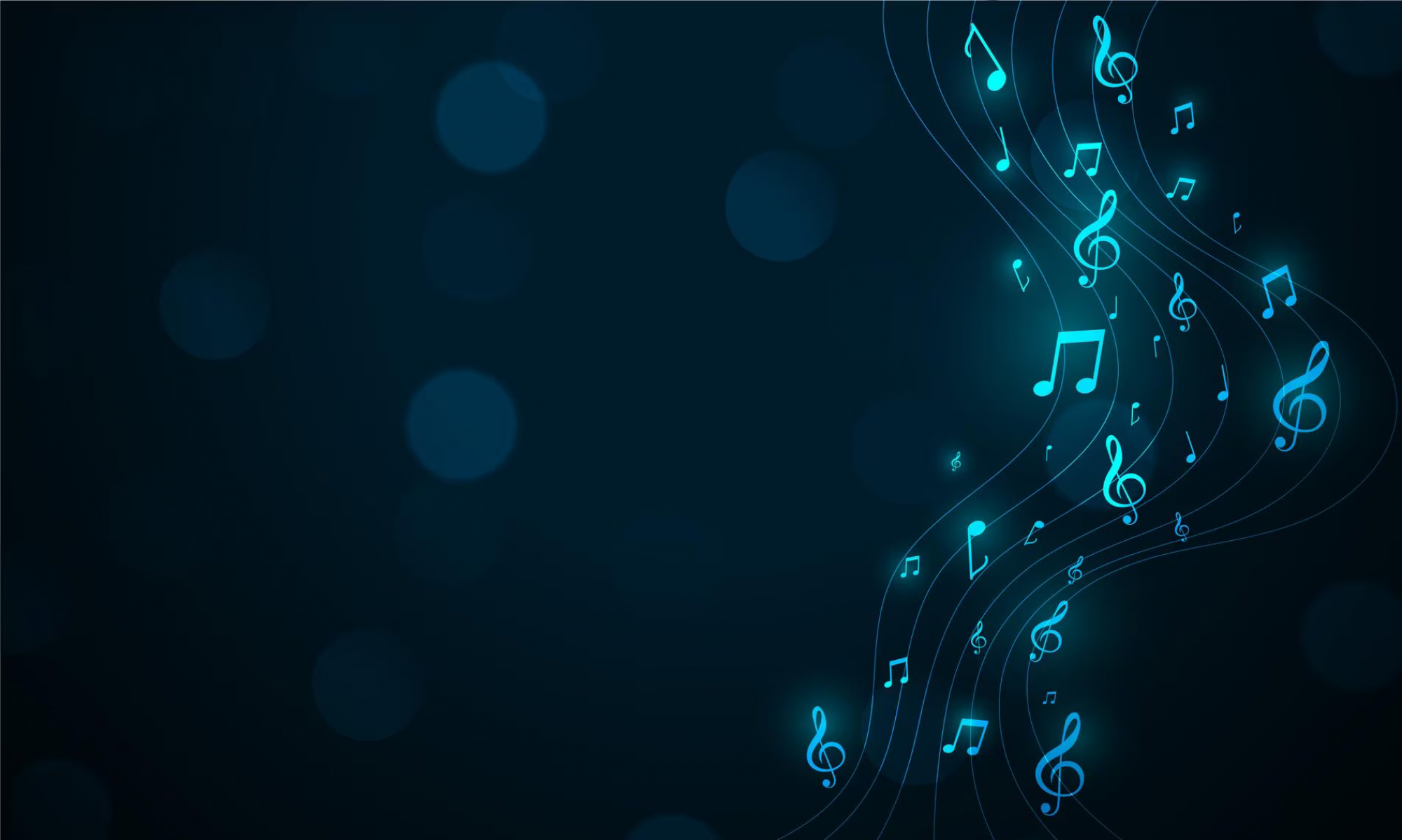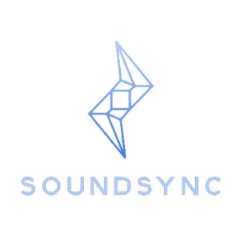This week we focused on getting each of the subsystems to a point of moderate success. We are focusing on each of the subsystems independently as we want to budget enough time to integrate all the subsystems together. The main difficulty is that the audio is running off of python, the eye tracker is running off of C++ and the front end is using Django. Therefore, to have all the subsystems communicate with one another, web sockets will have to be used. Importantly, our web sockets have to function on all three subsystems. This is a major risk as the subsystems being unable to communicate with one another would cause the project to not function and could result in latency issues. The backup plan would consist of using local files as points where information is read and written to. This method is slow, however, acts as a safety net for the web sockets.
One major design decision made was to no longer use the google board. This change was made as we decided that a heuristic for the eye tracker is simpler to implement and would most likely produce similar results. Therefore, the whole project can now run off of a single laptop. The only cost to this change is that we can no longer harness the TPU on the google board and that the system is now slightly larger. Using a computer requires a larger surface area for the device to sit on top of. Our design use case was originally intended for practice settings, which is still viable despite the size of the laptop. The design is not as heavily focused on performance settings.

